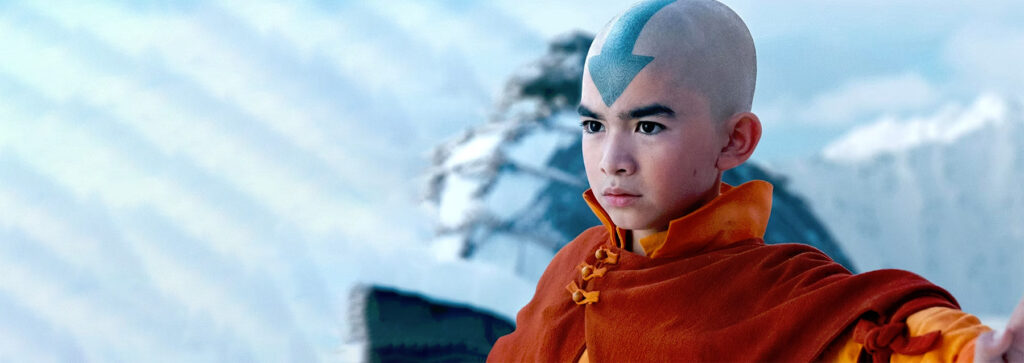Heart, humour and spectacle – that’s the trinity that production designer Tyler Harron says is key to success in the locally shot DC comics universe shows The Flash, Supergirl, Arrow and Legends of Tomorrow
Courtesy of The Vancouver Sun
Bringing those four programs to air requires their creative teams to “play nice” together at a level previously not required in bringing a program to broadcast.
How this is accomplished was the subject of the WB Superheroes Mash-Up session at the Digital Days: the Future is Now conference presented by Directors Guild of Canada (B.C.), International Cinematographers Guild Local 669 and IATSE Local 891 at the Anvil Centre in New Westminster on Saturday.
“In one week, you have to come up with a 15-foot talking shark, a nine-foot super gorilla, 30-foot purple parasites and all the usual speeding, flying and time-travelling,” says visual effects supervisor and director Armen Kevorkian, stressing the importance of technology in contemporary series making.
Keeping Vancouver’s industry on top of technological developments is key to its survival in the competitive global entertainment business. Digital Days is geared toward fostering discussion around existing technologies such as the now standard HDR (high dynamic range) and 4K formats, and the coming world of digital cinematic VR (virtual reality) and AR (augmented reality). Preparing the next generation of workers in the field requires an active and responsive training climate.
“Vancouver is a fantastic place with a vibrant industry which is gold dust when it happens,” said David Shepheard, the newly appointed Vancouver film commissioner and executive director of the Vancouver Film & Media Centre. “The importance of maintaining our talent development means getting into schools, focusing on areas such as the Asia-Pacific and we have a job fair coming.”
An MMP LLP market analysis released last week by the Motion Picture Association — Canada noted that over all five seasons, Arrow has supported 7,087 full-time equivalent jobs and brought $360.8 million in direct production expenditure to B.C. The visual-effects-heavy Star Trek Beyond came in around $70 million and the series Supernatural has spent $509 million in the province over its 11-season run. 20th Century Fox’s Deadpool spent $40 million in 58 days of filming, hiring more than 2,000 local cast, crew and extras earning more than $19 million in wages.
All of these shows are heavy on digital tech.
“There may not be another industry that has seen as major a shift in how it does business as this one has in the last decade and keeping up with the times is critical,” said IATSE 891’s Gavin Craig. “There is an incredible amount of competition and the work can move anywhere in the world. The importance of the tax credit and the value of the Canadian dollar can’t be ignored, but we also have 7,800 members making up some of the best crews in the entire world.”
Local 891 is the biggest international local, second only to Local 44 in Los Angeles. It’s members depend on companies like Aris G Films Ltd. to keep ahead of the curve supplying state-of-the-art machinery such as stabilized and non-stabilized remote heads for film cameras. The magic of those epic superhero battles comes from being able to make 600 corrections on a triple axis in seconds.
“You have to keep on top of the technology and that means sourcing from all over the world,” said company founder Aris Georgiopoulos. “I have equipment that’s still stage-of-the-art from five years ago from the U.K. as well as three week old (equipment) just arrived from Kiev. Like computers, the software is upgradeable to the point it isn’t anymore and then you need new gear.”
Not all of the digital developments come down to the latest gadgets. In a session on Digital Characters, actors Karin Konoval (Rise of the Planet of the Apes) and Paul Moniz de Sá (The BFG) discussed performing in a virtual world and the skills that actors may need to consider coming into this type of work. Moderator Alvin Sanders, actor and president, UBCP/ACTRA also offered up some experiences of motion capture in the gaming industry.
“Ultimately, it’s an acting job like like any other, but becoming a mature 300-pound orangutan named Maurice means I have to believe that’s what I am,” said Konoval. “And I have to apply that to how I would move, climb up a wall, everything. There is nowhere to hide when you are being digitally captured.”
reating the right visual esthetic is key to rendering the narrative in films such as the BFG or Planet of the Apes as well as in such acclaimed series as The Man In the High Castle. In a session on the show moderated by art director Margot Ready (The BFG, Warcraft, Mission Impossible: Ghost Protocol), the creative team behind the Amazon Studios and Scott Free Productions discussed their jobs. No doubt, all involved can expect to see additional demands added to their jobs as shooting VR/360 becomes more common throughout the business.









